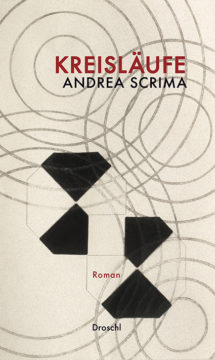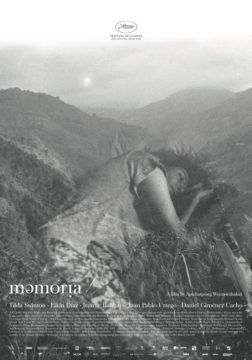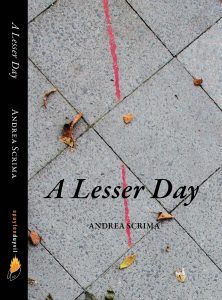by Deanna K. Kreisel (Doctor Waffle Blog)
 Let’s get the humble-bragging out of the way first: I’ve always had a remarkable memory. [1] I’m not sure if it’s photographic or “eidetic” (which apparently is the official-ish scientific term)—I’ve never had the experience of seeing an entire page of text in my mind’s eye and then literally reading it off, for example. It’s more like all the words are in my head, similar to a regular memory but much more detailed, and I can simply retrieve them. The range of things I can remember this way is selective: it doesn’t work for everything, and I need to concentrate (in other words, care) in order to be able to do it. But my powers of recall under certain circumstances are sideshow-level freaky. I’ve always been obnoxiously proud of this ability, which is ridiculous when you think about it—having unusual powers of recall is no different from being tall or color-blind or right-handed. And yet for some reason most people (myself included) are fascinated by this so-called “skill.”
Let’s get the humble-bragging out of the way first: I’ve always had a remarkable memory. [1] I’m not sure if it’s photographic or “eidetic” (which apparently is the official-ish scientific term)—I’ve never had the experience of seeing an entire page of text in my mind’s eye and then literally reading it off, for example. It’s more like all the words are in my head, similar to a regular memory but much more detailed, and I can simply retrieve them. The range of things I can remember this way is selective: it doesn’t work for everything, and I need to concentrate (in other words, care) in order to be able to do it. But my powers of recall under certain circumstances are sideshow-level freaky. I’ve always been obnoxiously proud of this ability, which is ridiculous when you think about it—having unusual powers of recall is no different from being tall or color-blind or right-handed. And yet for some reason most people (myself included) are fascinated by this so-called “skill.”
A number of years ago, when I was still teaching at UBC, I saw an ad on a campus billboard for subjects for a memory experiment, and I jumped at the chance to show off. The experiment was a day-long affair: subjects would first have an MRI done of their brains, then do a bunch of memory tests, be given lunch, and then come back for more tests. I was interested in getting the MRI as well as the opportunity to showboat: as a semi-professional hypochondriac, I’m always happy to undergo free tests that will reassure me I don’t have a life-threatening tumor. Read more »


 Last night I (Danielle Spencer) went to the New York Film Festival screening of Memoria (dir. Apichatpong Weerasethakul) in Alice Tully hall at Lincoln Center. I last joined a large gathering 19 months ago, in March of 2020.
Last night I (Danielle Spencer) went to the New York Film Festival screening of Memoria (dir. Apichatpong Weerasethakul) in Alice Tully hall at Lincoln Center. I last joined a large gathering 19 months ago, in March of 2020.
 Novels set in New York and Berlin of the 1980s and 1990s, in other words, just as subculture was at its apogee and the first major gentrification waves in various neighborhoods of the two cities were underway—particularly when they also try to tell the coming-of-age story of a young art student maturing into an artist—these novels run the risk of digressing into art scene cameos and excursions on drug excess. In her novel A Lesser Day (Spuyten Duyvil, second edition 2018), Andrea Scrima purposely avoids effects of this kind. Instead, she concentrates on quietly capturing moments that illuminate her narrator’s ties to the locations she’s lived in and the lives she’s lived there.
Novels set in New York and Berlin of the 1980s and 1990s, in other words, just as subculture was at its apogee and the first major gentrification waves in various neighborhoods of the two cities were underway—particularly when they also try to tell the coming-of-age story of a young art student maturing into an artist—these novels run the risk of digressing into art scene cameos and excursions on drug excess. In her novel A Lesser Day (Spuyten Duyvil, second edition 2018), Andrea Scrima purposely avoids effects of this kind. Instead, she concentrates on quietly capturing moments that illuminate her narrator’s ties to the locations she’s lived in and the lives she’s lived there.